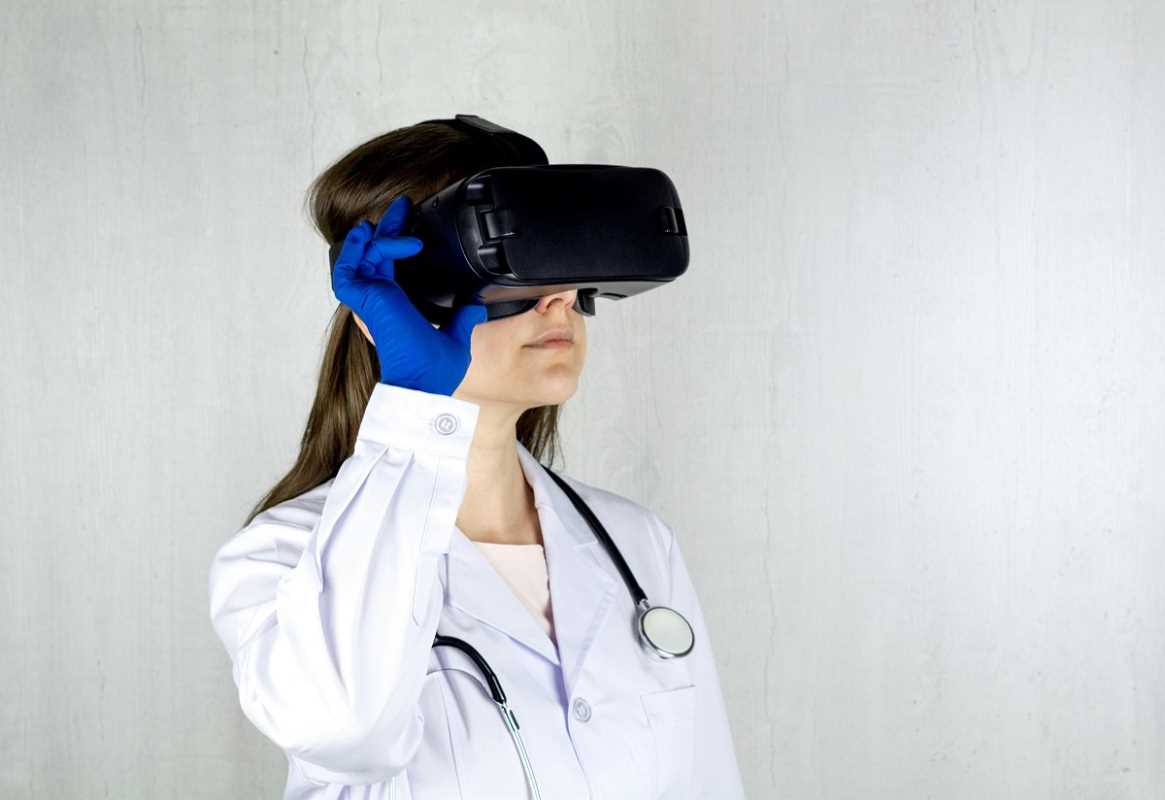Virtual reality (VR) is revolutionizing how companies train employees. By immersing people in simulated, interactive environments, this technology makes learning more engaging and practical. Imagine being able to practice handling difficult customers, operating complex machinery, or responding to emergencies, all without risking real-world consequences. Businesses across industries are using VR to create programs that teach theoretical knowledge and allow employees to build hands-on experience in a much safer setting. As more companies turn to VR, it’s clear this is more than a passing trend. It’s a powerful tool that’s improving employee performance, reducing training costs, and boosting retention. We're going to discuss exactly how VR enhances workplace training and why it’s becoming a go-to solution for forward-thinking businesses.
Benefits of VR for Employee Training
1. Enhanced Engagement and Knowledge Retention
Traditional methods often struggle to keep employees focused, especially during long sessions filled with dense reading material or hours of lectures. VR, on the other hand, grabs attention immediately. Its interactive nature and immersive environments keep employees engaged, helping them retain what they learn.
Studies have shown that it can retain up to 90% of the information after one session, compared to only 10% through reading and 20% through traditional lectures. This is because it engages multiple senses, which strengthens memory and understanding.
2. Hands-On Practice Without Real-World Risks
Practicing in real environments can be expensive, risky, or even dangerous. Pilots train in flight simulators to master flying, but crashes in a simulator carry no risk compared to real accidents. Similarly, warehouse workers can practice operating forklifts or lifting heavy objects safely, which eliminates the risk of injuries during the learning stage.
These realistic simulations allow employees to understand how to respond to high-pressure situations. Retail staff can be trained to calm angry customers, or emergency responders can simulate rescue missions to fine-tune their skills. All of this happens without disrupting business operations or exposing employees to harmful outcomes.
3. Scalable and Cost-Effective Solutions
Setting up traditional training programs can be costly and time-consuming. Renting out venues, hiring trainers, and printing training materials all add up. VR reduces these expenses. Once a module is created, it can be reused for multiple employees, making it scalable and cost-efficient.
Onboarding new hires often requires significant resources. A program could walk employees through company policies, workplace procedures, and safety protocols in a consistent and comprehensive way. This approach avoids the need for repetitive in-person sessions, saving both time and money.
Remote workers can benefit greatly from VR-based modules. Whether they are half a state or half a world away, employees can access content through headsets, making sure that training remains effective without requiring everyone to gather in one location.
4. Improved Soft Skills Through Role-Playing
People often think of training as something primarily used for technical tasks, but its impact on soft skills development shouldn’t be overlooked. Many VR programs use role-playing scenarios to help employees improve teamwork, communication, and problem-solving skills.
Managers can practice handling difficult conversations with employees. They interact with virtual characters that imitate realistic emotional responses, helping them refine their tone, approach, and decision-making. Customer service representatives can also gain confidence by practicing responses to challenging customers in a virtual setting.
These scenarios allow employees to make mistakes, learn from them, and improve without causing harm or embarrassment in the real world. The realism of the experience enhances their ability to apply these skills in live situations.
Industries Already Benefiting from VR Training
Healthcare
Doctors and nurses are using simulations to practice medical procedures, including surgeries and emergency care. By recreating high-pressure scenarios, VR helps healthcare workers prepare for challenges they may face in real-life situations.
Manufacturing and Construction
Workers can be trained on heavy equipment safety, machinery operations, and hazard identification, all without stepping into high-risk areas. This minimizes the potential for accidents during the process.
Retail
Retailers use it to train employees on customer interactions, restocking procedures, and even theft prevention. New hires can practice responding to shoplifting scenarios or upset customers, building confidence before stepping onto the sales floor.
Aviation
Pilots have been training in flight simulators for years, and modern VR technology has made these simulators even more advanced. Airlines now use VR to train pilots and cabin crew members, preparing them for security or medical emergencies during flights.
Successfully Integrating VR
To fully benefit, businesses need careful planning and execution. Content must be customized to match specific company goals. A logistics company may need modules on warehouse safety, but a tech startup focusing on customer service may prioritize soft skills training.
Choosing the right hardware is equally important. Affordable headsets like the Meta Quest are suitable for many businesses, and high-end setups with haptic gloves or motion trackers can add depth to training in technical roles. Scalability is another factor. Companies should weigh how easily the program can grow as their workforce expands.
Feedback loops also make sure programs remain effective. By allowing employees to rate modules and suggest improvements, businesses can tweak the experience for future users.
The Road Ahead for VR in Training
Virtual reality is still evolving, and its potential in workplace training will only grow with time. Advances in artificial intelligence (AI) are beginning to integrate into VR systems, allowing adaptive feedback tailored to each learner. AI can track how employees complete tasks and provide on-the-spot guidance if they make mistakes.
AR (augmented reality) is another exciting frontier. This technology blends virtual components with the real world. Imagine repair technicians using AR glasses that display step-by-step instructions while they work on machinery. The line between virtual and physical training environments is becoming increasingly blurred.
 (Image via
(Image via





